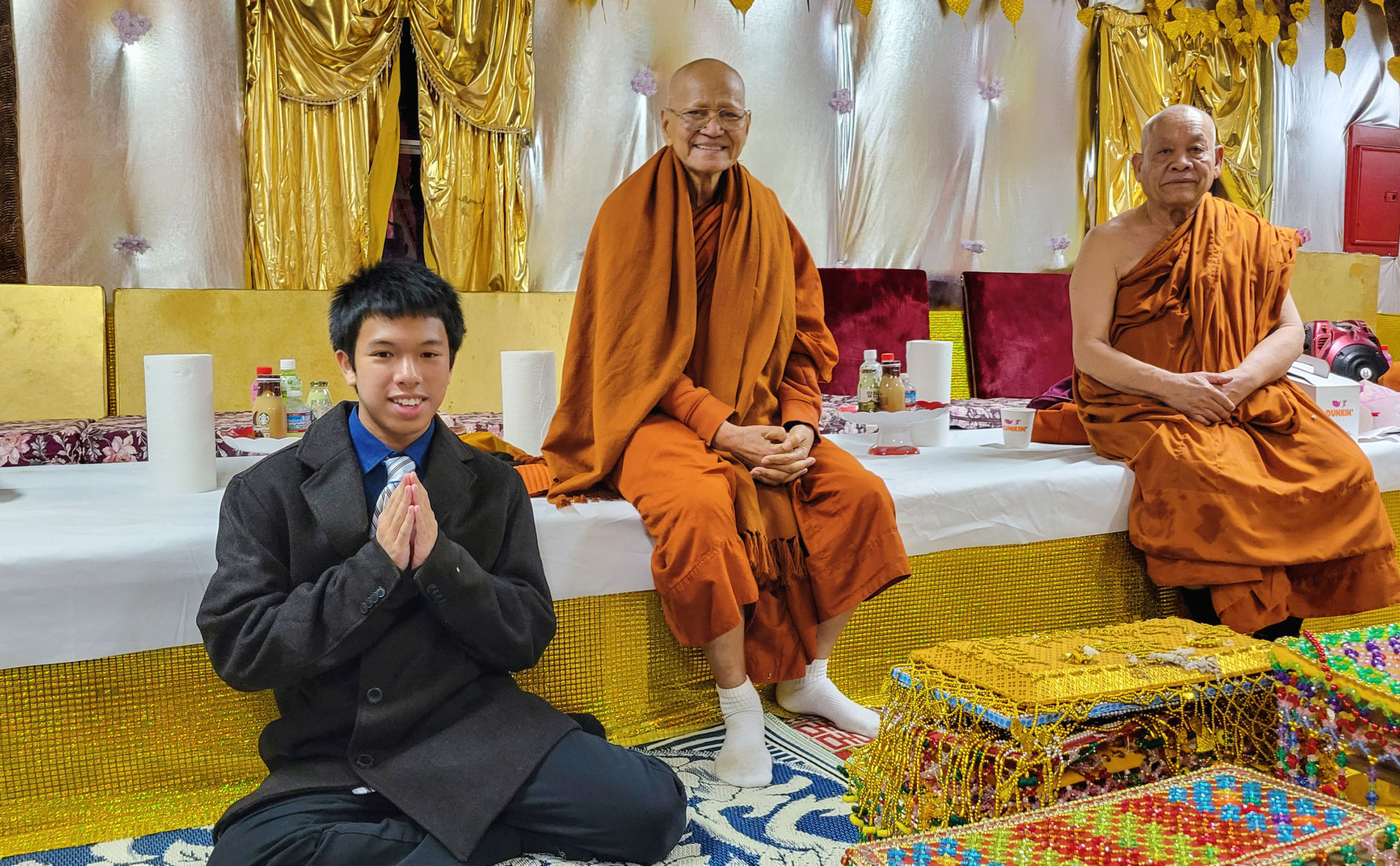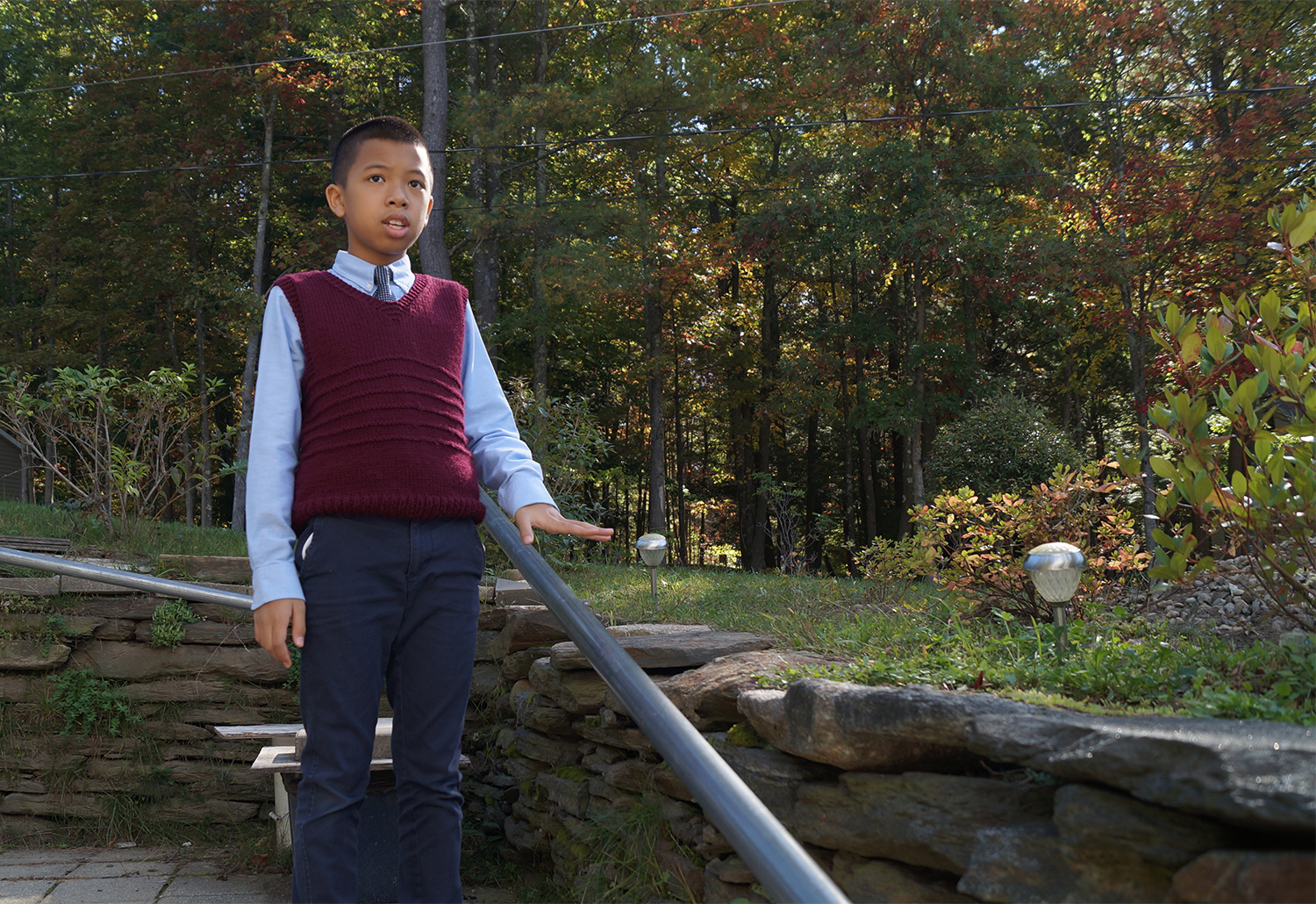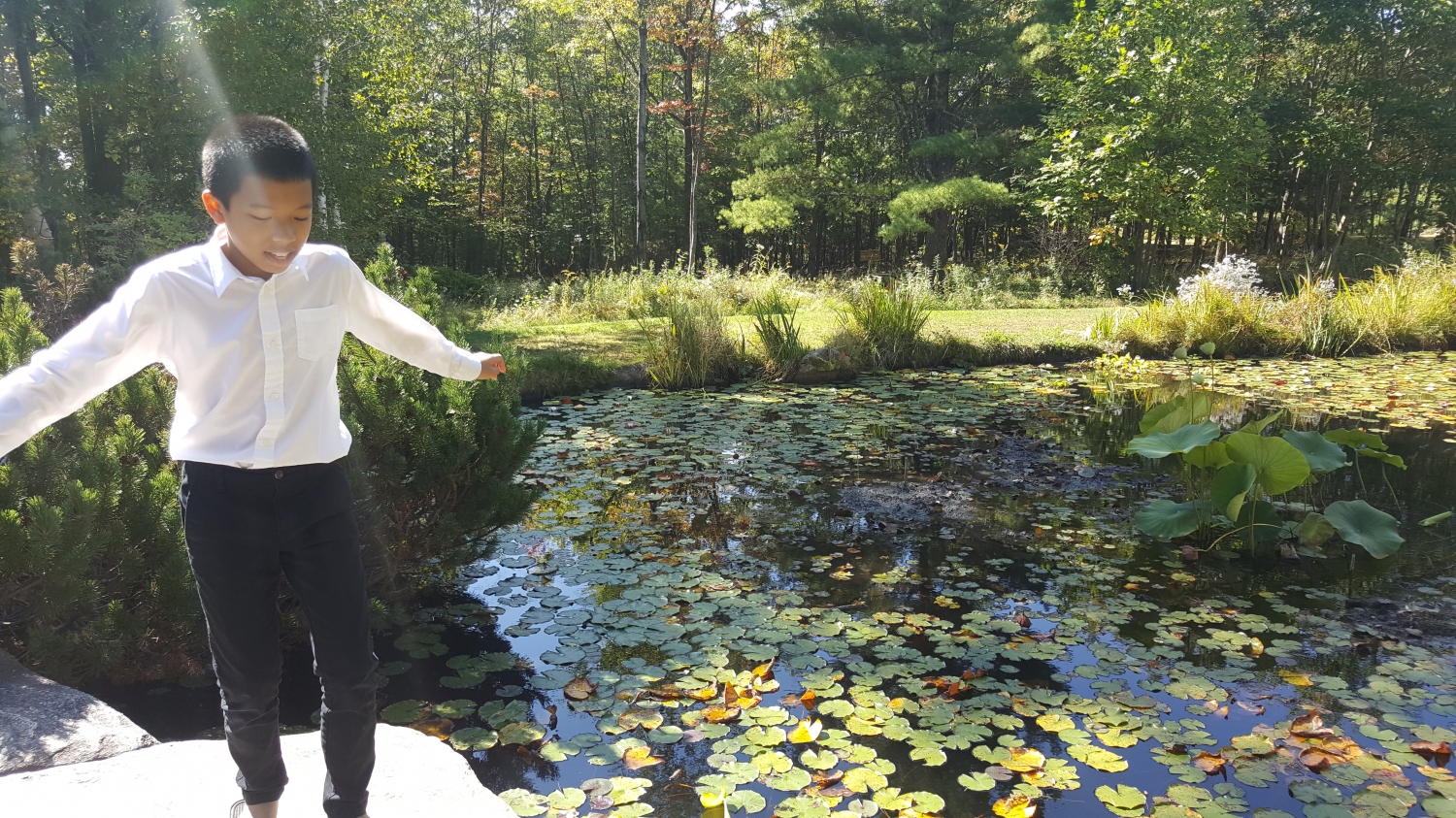Who is your enemy? Mind is your enemy. No one can harm you more than a mind untrained. Who is your friend? Mind is your friend. Nothing can help you more than a trained mind, not even your loving parents. —Buddha

Jack Kornfield
What do we see when we look at our mind? Constant change. The untrained mind spins out thoughts, emotions, images, stories, likes, dislikes, plans, regrets and reactions to it all. There is ceaseless movement, filled with words, ideas, and memories. Clearly seeing this stream of inner dialogue is one of the first insights in meditation practice. It is called “seeing the waterfall,” experiencing the evanescent nature of mind. Mind’s constant changes are like the weather; today it rains, tonight it may snow, earlier the sun was out. It is muddy in the spring, and then the summer heat appears. In the fall the winds arise and the leaves go; in winter the ice forms. We’re like that; we’re part of nature.
Mindfulness meditation isn’t directed to creating and holding some special state; it’s learning to steady our attention on the present moment, finding a wise and compassionate relationship to this organic change of body and heart and mind that we are. We can then embody this loving awareness in every season.
For the mind to become steady, settled in the present moment in the midst of so much change, it is helpful to develop a degree of stability; that is called concentration. Concentration is the art of calming and steadying our attention, like a candle flame in a windless place. One way we can practice this is with attention to our breath, or with a body scan. As we gently train ourselves to become mindful of breath and body, we can see more clearly, and become more balanced and more deeply present. We experience a unity of our body, spirit, and mind. To live this way is wonderful. Continue reading →
















